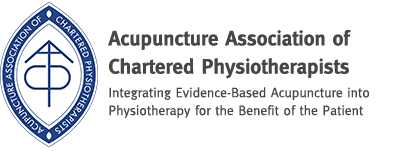With news of England footballer Theo Walcott being ruled out of this summer’s World Cup, leading Central Health Physiotherapist Kevin Huffington explains the function of the Anterior Cruciate Ligament, how it becomes injured and the associated treatment and rehabilitation processes.
The Anterior Cruciate Ligaments (ACL) main role is to help to stabilize the knee by stopping the shin bone or tibia from moving forwards away from under the thigh bone or femur. It is also an important mechanical structure for conscious and unconscious perception or proprioception (the bodies awareness of where the joint is in space) of the knee.
The ACL is typically injured, either partially or fully ruptured through an over twisting of the knee over a static foot in sports such as skiing or football.
The extent of the injury or damage can usually be seen by the extent and speed of the pain, swelling and functional ability such as knee movement and weight bearing. Any form of rupture of the ligament would usually cause bleeding and therefore swelling with associated pain. The quicker and more extensive the swelling you may conclude a more extensive injury. However, this is not always the case.
Its not unusual for any investigation of the injury to take place some days later after the injury took place allowing for the regular use of Ice, Compression, Elevation and the use of NSAID’s to decrease the swelling to allow a clearer view of the knee and to be able to test the knee more thoroughly. The extent of the injury can then be assessed through physical testing by a Doctor or Physiotherapist or through investigation such as an MRI.
Once the extent of the ACL injury is established an orthopaedic surgeon would decide on the right way to proceed, either non-surgical (conservative) management or surgical using tendon grafts to rebuild the ACL. The decision is usually based on medical and functional need. An elite sports person such as a professional footballer would, in a lot of cases go down the surgical route such as in the case of Paul Gascoigne, Michael Owen and now very possibly Theo Walcott.
This is then followed by an extended period of Rehabilitation with physiotherapists over some months focusing on range of movement, strength, balance, proprioception, function and occupational or sports specific rehabilitation.
Outcomes are usually very positive with in most cases an elite sports person being able to return to full competition and others returning to full function. This can be achieved through both conservative and surgical intervention.
Visit the Central Physio website here






